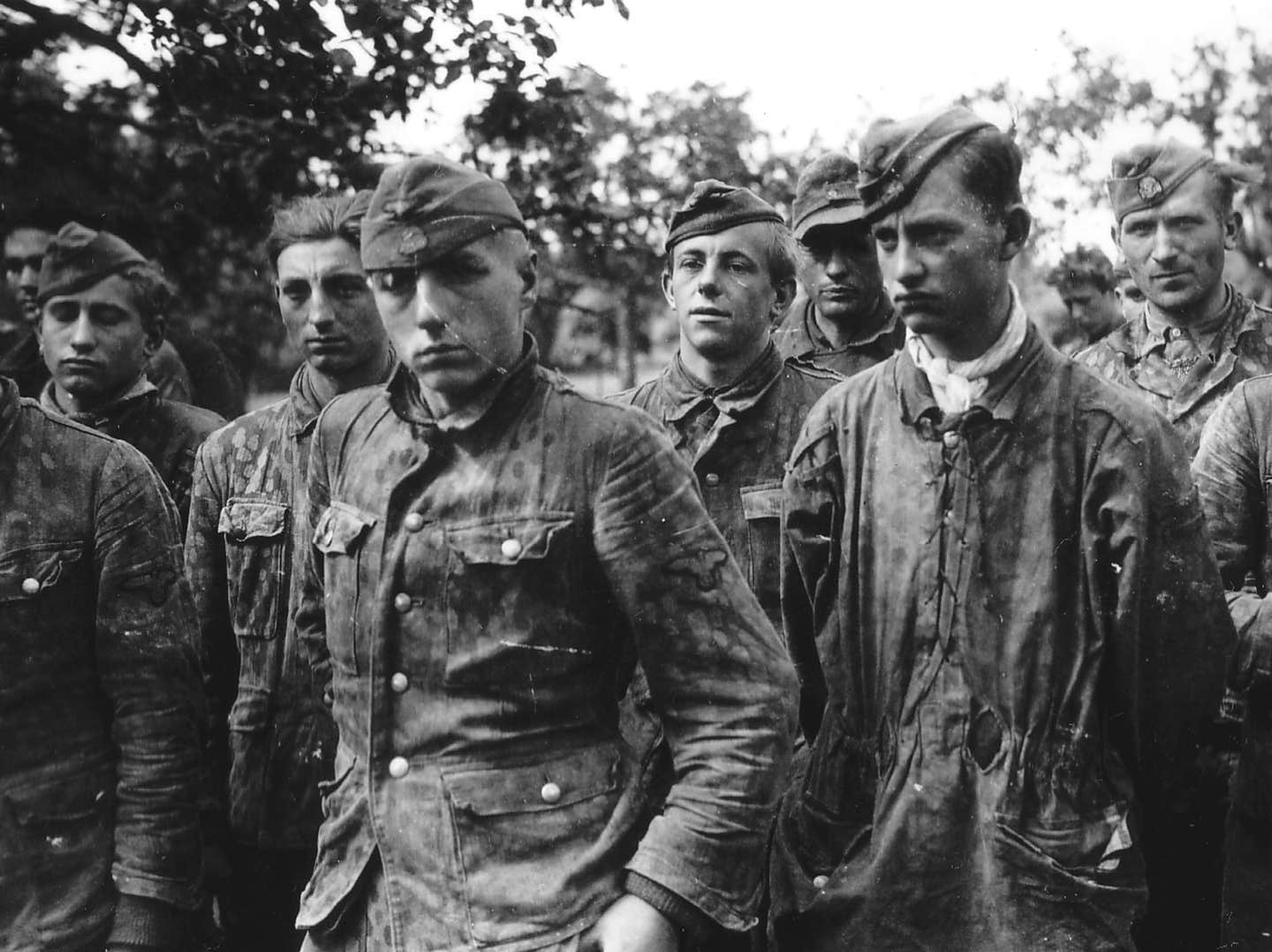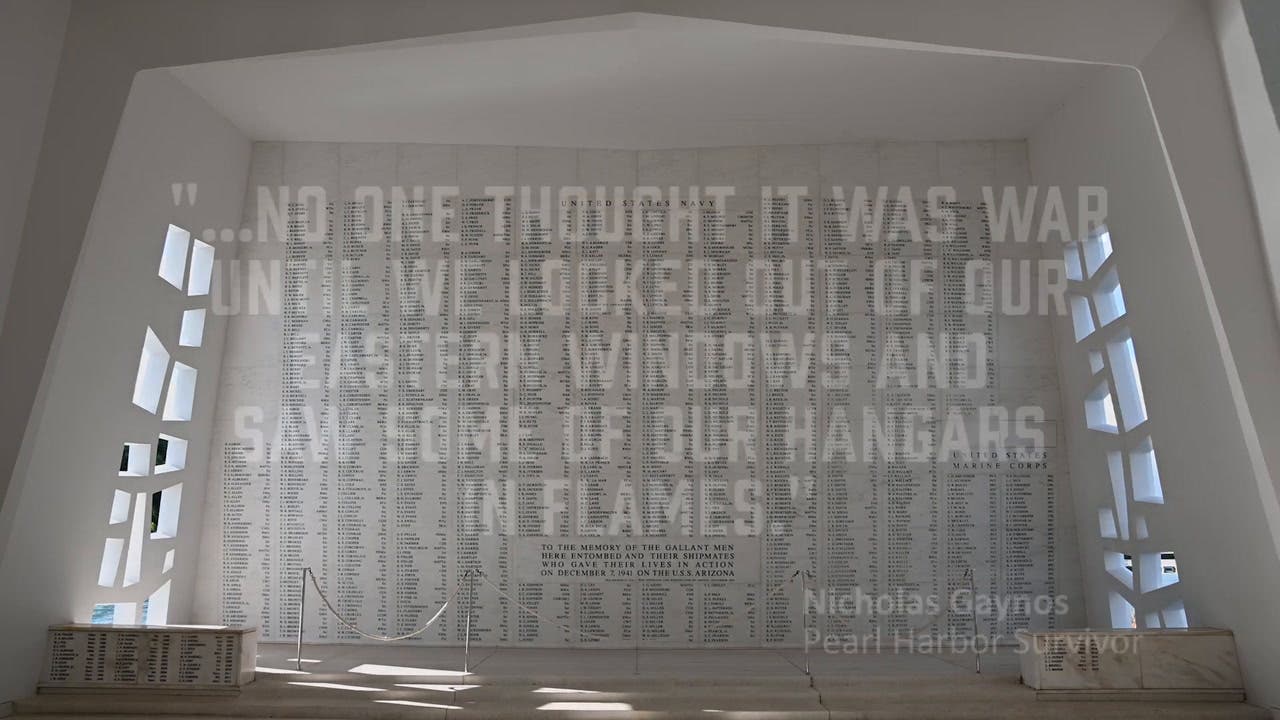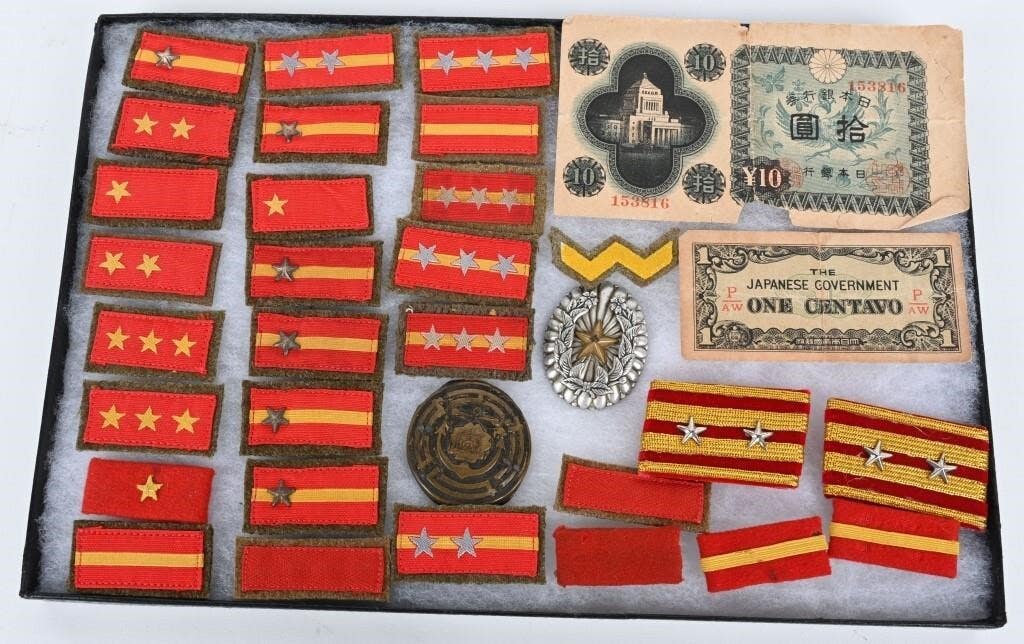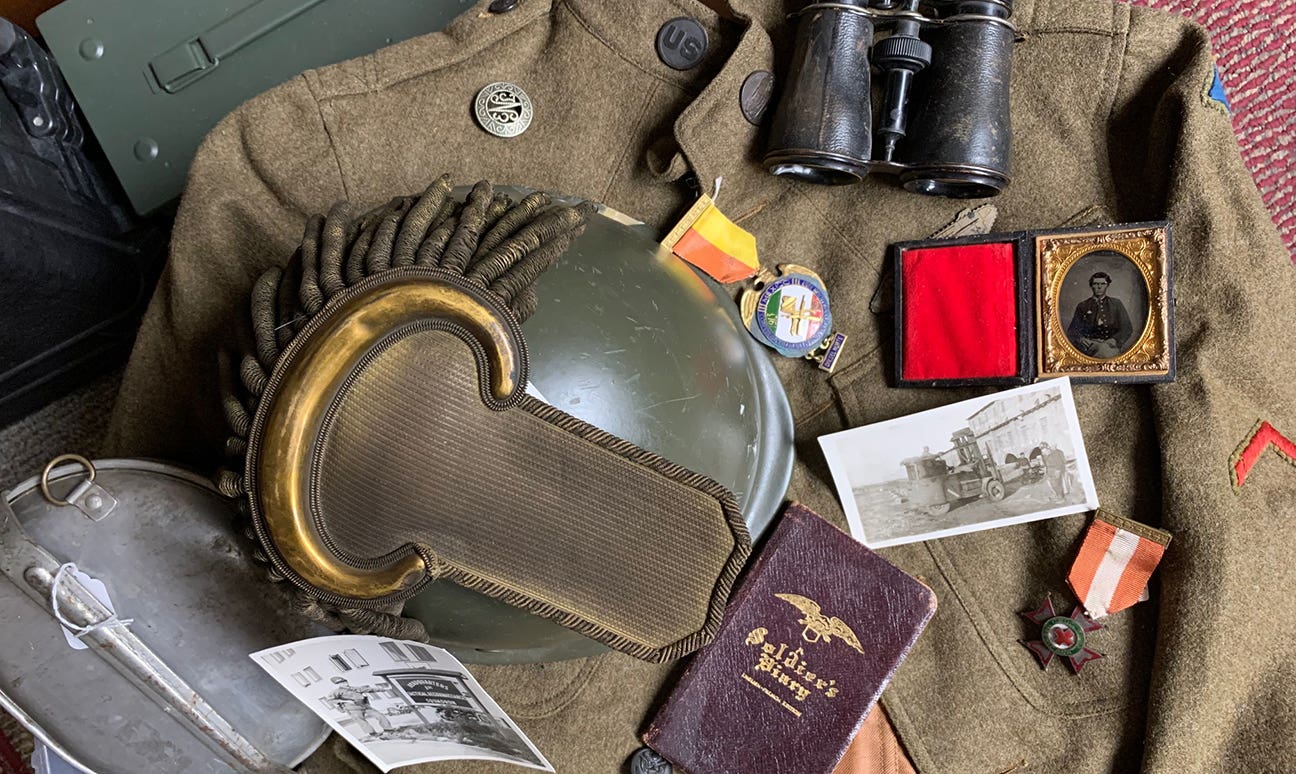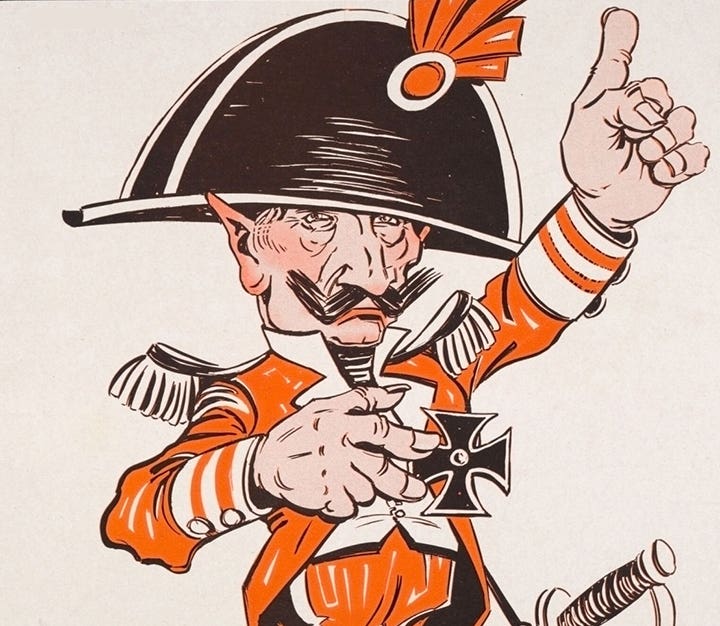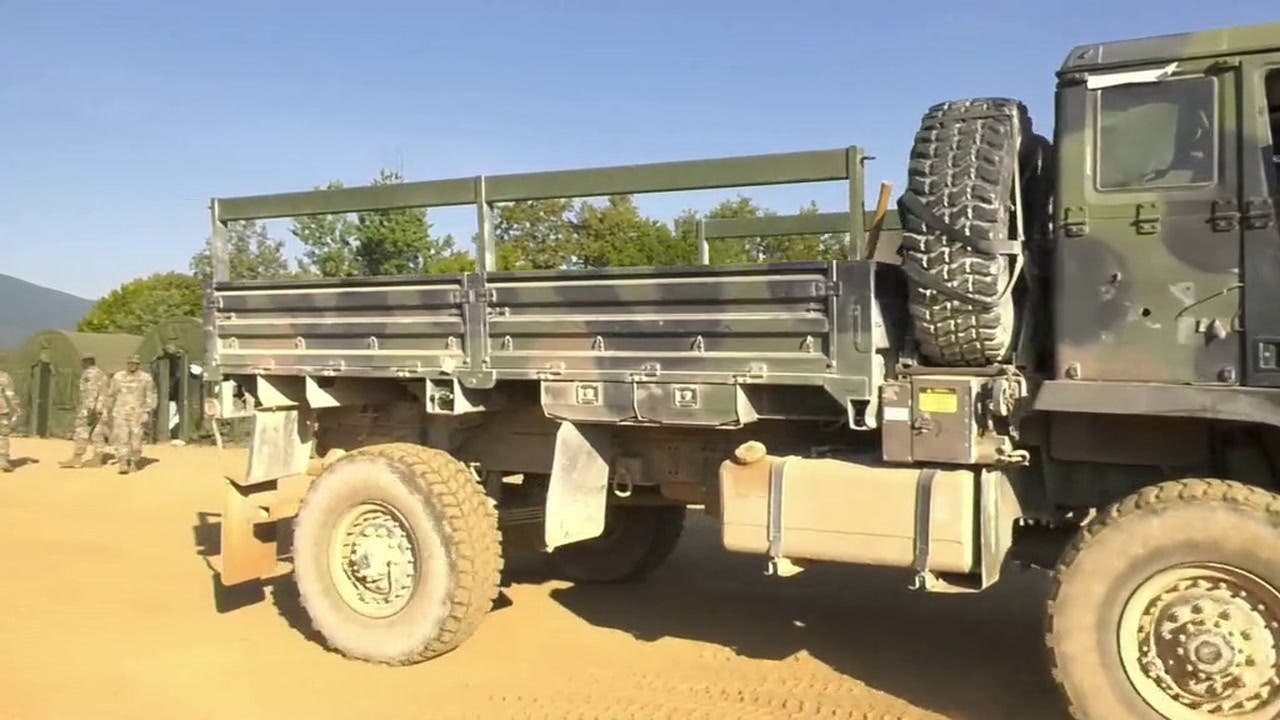WORTH MORE THAN THE PAPER ON WHICH THEY ARE PRINTED?
A recent survey of Military Trader readers revealed that the number one perceived threat to the hobby is the proliferation of fakes. This outranked fear of confiscation of relics or the…
A recent survey of Military Trader readers revealed that the number one perceived threat to the hobby is the proliferation of fakes. This outranked fear of confiscation of relics or the laws prohibiting private ownership of military relics. More than anything else, people think that fakes will drive people away from the hobby and lower the value of collections. So how do we react to these fears?
While the obvious would be to have a governing body determine what is — or isn’t — a legitimate, original period piece of militaria, the practicality of it is near impossible. There are just too many variables to consider. Self-policing of the hobby would be the next obvious step, but the nation-wide fear of litigation keeps most from publicly declaring someone as a purveyor of fake militaria. So where does that leave us?
Public-shaming on forums appears to be the most popular. When I was a kid, Dad always instructed his employees to remember: “One happy customer tells three. One unhappy customer tells eleven.” Oh, how Dad would be pleased to know that one unhappy customer now tells thousands through forums and social media.
In our hobby, reputation is everything. If you think it is worth burning someone on a questionable piece for ten, a hundred, or a thousand dollars, you are sorely mistaken. That profit will be long gone before you can regain any reputation.
A fellow WWI collector recently asked me where he could buy a “good” WWI AEF Tank Corps patch. These aren’t really tough to find and will generally cost from about $60 to $110, depending on condition and construction. Three dealers came to mind immediately, and I began to type my reply. As I did, I recalled overhearing “Dealer A” tell another as he purchased some dubious collar discs, “No one can tell the difference.” I remembered Dealer B once tell me some Third Reich items were “real enough.” Though I knew all three sold good quality insignia, I was left with just endorsing Dealer C — someone about whom I knew no bad stories.
Even though I don’t know that any of the three actually deal in fakes (no, I won’t name them—remember what I said about our National fear of litigation?”), but the statements made by two of them compromised their reputation, as far as I was concerned.
While reputation is crucial, it is only as good as the current stories going around about a dealer. So where does that leave the hobby?
CERTIFICATES OF AUTHENTICITY
Some seem to think “Certificates of Authenticity” (COAs) are the answer to the question of fakes in our hobby. Are they?
COAs came on to the military scene about fifteen years ago. Dealers picked up on a trend that had served the sports card and coin world well in the late 20th century. The sports card collectors and coin dealers had lifted the idea from the art world.
In the beginning, COAs functioned as a way to document provenance, restoration, and pertinent data relative to an object of art. A good COA included details like when and how a piece of art was produced, the names of people or companies involved in the artwork's production, the work's exact title, the dimensions of the art, and the names of reference books, magazines, or similar resources that contain either specific or related information about either that work of art or the artist.
Most importantly, a COA established a chain of custody for the work of art from the day of its creation to the day that the COA was written. Any unaccounted time of custody was also noted.
Finally, a reputable COA also identified the person who created the COA, their contact information, and enumerated their qualifications to provide the COA. Not only did a COA document the piece of art, but it also documented the person who was currently trying to sell the item. All of the information was traceable.
The problem now, however, is that COAs are being faked, too! Dishonest dealers depend on the gullibility and well, laziness, of buyers. A COA can look very convincing and instill a warm happy feeling of belief in a willing buyer. But do they take the time to follow up and verify the details on the COA? Not usually. So, bingo! COAs within the art world are easily faked. But that’s in the art word. Let’s get back to militaria.
COAs AND MILITARIA
COAs emerged in the military relic hobby about twenty years ago to combat the flagging interest of some Third Reich collectibles. Interestingly, they didn’t first appear with medals, but rather, accompanying daggers. Prominent dealers began offering COAs based on their own years of experience. And for a long time, these were as good as gold — the individuals who issued the COAs did have impeccable reputations and were the most knowledgeable in the field. To have a dagger with one of these COAs was a comfort and a value-holder. For an owner to present a COA meant that a dagger was very saleable.
Soon thereafter, COAs began to appear for medals and awards. The early ones for high-level awards such as Knights Crosses or Oak Leaves to the Knights Cross contained chains of custody stretching back to WWII when the items were either liberated or otherwise left the recipient’s possession. These were traceable and verifiable. The COAs added solid value to these medals
Then came the COAs for helmets. Because it tends to be much tougher to document a chain of custody of an individual helmet as compared to a Great Master’s painting or even a German general’s Knights Cross, much more reliance was placed on the reputation of the person issuing the certificate. While this held water for a while, the approach was extremely permeable.
It didn’t take long for disgruntled helmet buyers to challenge the “authority” of the people producing COAs. About the same time, COAs began to appear for just about anything: Panzer wrap-around tunics, visor caps, cuff titles, you name it. If you wanted a COA, all you had to do was ask the seller for one. They were spitting out like seeds at a watermelon eating contest…and just as slippery.
Today, COAs are commonly used on internet auction sites to provide that the item being sold is “genuine” or “authentic.” Unfortunately, in most cases, these COAs are worthless because they have no traceability or verifiability. Unlike the early COAs of the art world or even from the early ones in the militaria arena, these COAs do not show a chain of custody of the item. At best, they reflect the informed opinion of the person who created the document. At worst, the COAs don’t even have valid and current contact details of the person selling the item
Which brings us to an interesting point about COAs. While there is no officiating body that regulates certificates of authenticity — even in the prestigious million-dollar art world — there are some legal ramifications. For example, it is an offense under the Fraud Act 2006 (section 7) to create or use a COA in the sale of an item, stating, “A person is guilty of an offense if he makes, adapts, supplies or offers to supply any article—(a) knowing that it is designed or adapted for use in the course of or in connection with fraud, or (b)intending it to be used to commit, or assist in the commission of, fraud.” In other words, if the seller is offering fakes with a COA, then they are committing more than one offense. The offense of issuing a COA alone is a possible 12-month prison sentence.
As battles of opinions over claims of COAs ensue, one result is already obvious: COAs have lost their place of prominence within our hobby. This leaves all of us depending on just one thing: Reputation. In the militaria world, reputation is everything.
So if you are a buyer, what can you do to protect yourself? Here are a few tips:
*It is old and tired advice, but still valid: Buy from reputable dealers. Ask others about a dealer if you don’t know them personally.
*Does that dealer support the hobby by giving back in the form of supporting publications, websites, public displays, or veteran tributes? If they are just “in it for the money,” chances are good they will take any shortcut — including issuing worthless COAs — to make a sale.
*Buy items that only have strong, written provenance. Sure, this is hard, but no one promised that establishing a valuable collection was going to be easy!
If you are a dealer, what can you do to protect yourself?
*Know the law. If you issue a COA, know exactly what it does and does not promise. Be transparent to your buyer about what the COA does do for them.
*Protect your reputation. Make yourself known as an authority by more than just buying and selling high-value items—any monkey with a credit card can do that. But a monkey cannot write authoritative books or articles, nor can a monkey host seminars at shows that teach others the secrets of recognizing and appreciating authentic militaria. Giving back to the hobby will distinguish you from other monkeys.
*If you write certificates of authenticity that don’t establish a chain of custody back to the creation or issue of an item, then cite specific examples of comparable items that can be consulted to establish authenticity. Your reputation isn’t enough to do that. You have to prove your knowledge base in a way that someone can follow to recreate the documentation and conclusion that you reached in determining the authenticity of the item in question.
*Offer full guarantees. If you believe an item is authentic enough to sell today, you should be willing to refund the money three years from now if science or research (not just another person’s opinion) can document that an item is not what you sold it as. That can be tough, but it forces you to be a businessperson with a bank account and insurance and not just a flipper of relics.
Will any of this change our hobby? Not for a long time. Hopefully, it will start some discussions. The hobby won’t be able to police itself until it is organized and has the courage to stand up and point out fraud and fraudsters when encountered. To be able to do that, however, there has to be a foundation that is built on more than just opinions. Research and provenance have to be at the core of the hobby before any enforcement of laws or COAs will ever be possible.
Preserve the Memories,
John Adams-Graf
Editor, Military Trader and Military Vehicles Magazine
Do you have a Certificate of Authenticity experience that will benefit our readers, either good, bad, or indifferent? What is the earliest dated COA you have obtained? Share your story at john.adams-graf@fwmedia.com
John Adams-Graf ("JAG" to most) is the editor of Military Trader and Military Vehicles Magazine. He has been a military collector for his entire life. The son of a WWII veteran, his writings carry many lessons from the Greatest Generation. JAG has authored several books, including multiple editions of Warman's WWII Collectibles, Civil War Collectibles, and the Standard Catalog of Civil War Firearms. He is a passionate shooter, wood-splitter, kayaker, and WWI AEF Tank Corps collector.



